Emergency Structural Repair Services
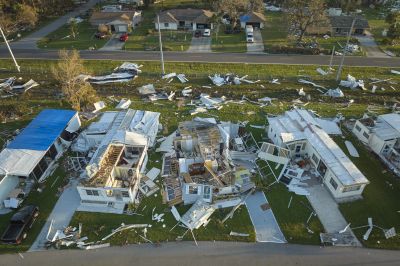
Emergency repairs are often required immediately after severe weather events to address structural damage caused by high winds, heavy rain, or flooding.
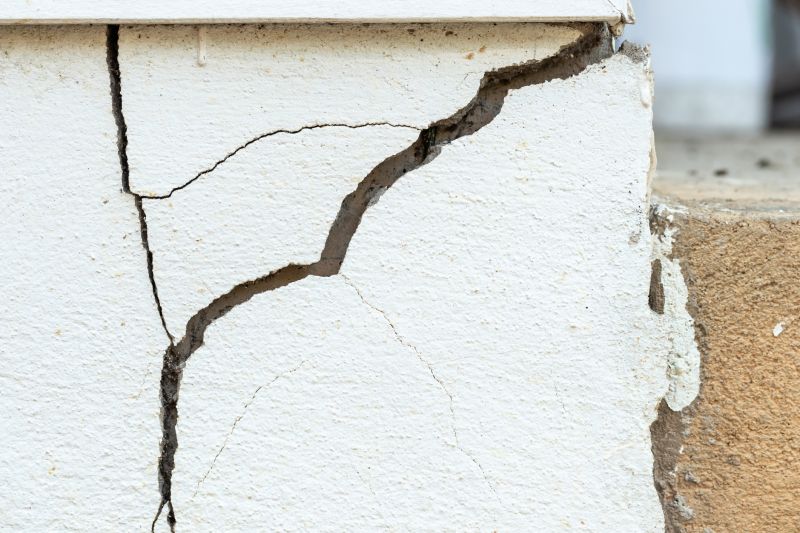
When signs of structural failure appear, such as cracks, sagging, or collapse risk, prompt repairs are critical to prevent further damage or safety hazards.

Timely intervention before minor issues escalate into major problems ensures safety and minimizes repair costs.
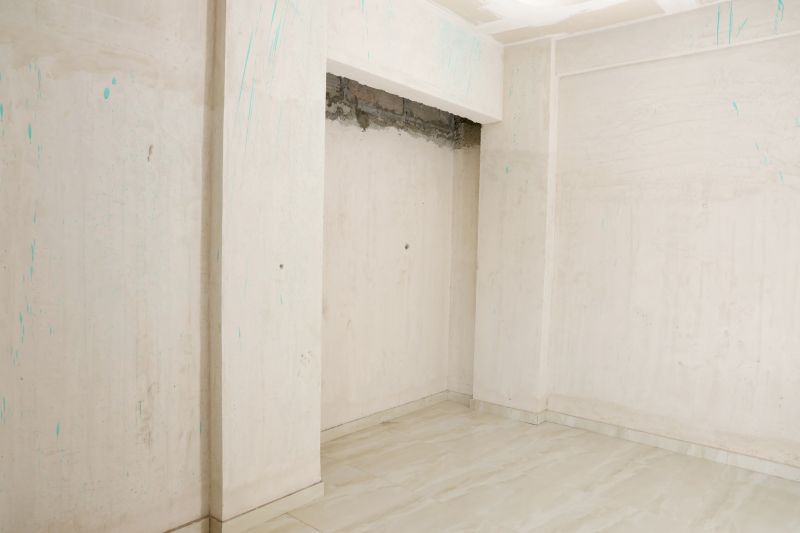
Ways to make Emergency Structural Repairs work in tight or awkward layouts.

Popular materials for Emergency Structural Repairs and why they hold up over time.
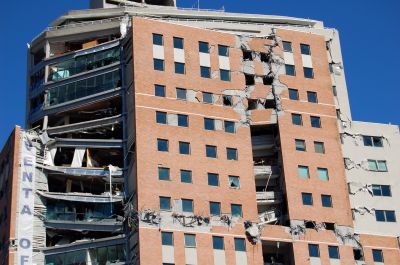
Simple add-ons that improve Emergency Structural Repairs without blowing the budget.
Emergency structural repairs are essential in situations where existing damage threatens the safety and stability of a building. These repairs are typically performed immediately or within a short window after damage occurs to prevent further deterioration, collapse, or safety hazards. The timing of such repairs is crucial to mitigate risks and reduce long-term costs. Structural failures can result from various causes, including natural disasters, accidental impacts, or foundation issues. Addressing these issues promptly ensures structural integrity and safety for occupants and surrounding structures.
Rapid action after damage can prevent catastrophic failure and protect lives and property.
Severe weather, seismic activity, or unexpected structural cracks often necessitate urgent repairs.
Postponing repairs can lead to increased damage, higher costs, and safety hazards.
Professional evaluations help determine the urgency and scope of repairs needed.

Structural stabilization work underway after damage.

Engineers inspecting damage for urgent repairs.
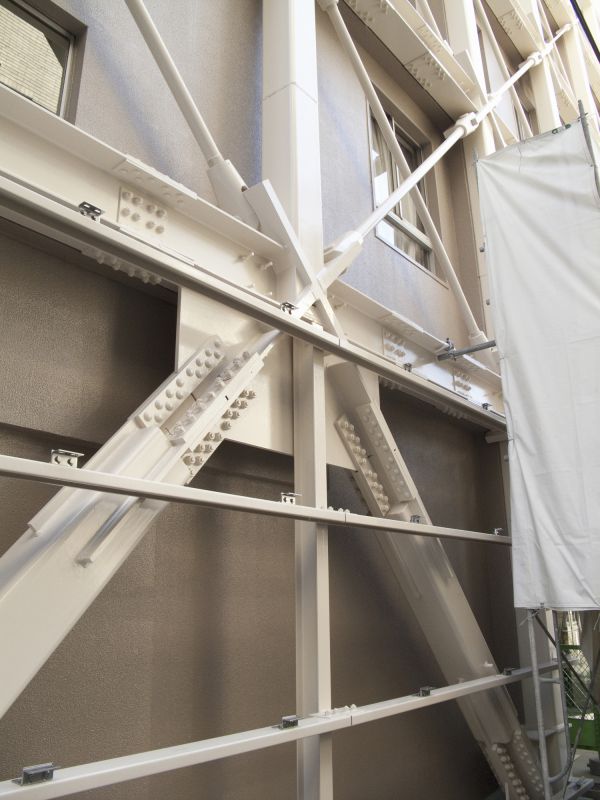
Temporary supports installed to prevent further failure.

Ensuring safety and stability after emergency repairs.

High-end options that actually feel worth it for Emergency Structural Repairs.

Finishes and colors that play nicely with Emergency Structural Repairs.
| Scenario | Recommended Action |
|---|---|
| Severe Weather Damage | Perform immediate structural assessment and reinforce compromised elements. |
| Cracks in Load-Bearing Walls | Conduct urgent inspections and implement temporary supports. |
| Foundation Shifts or Cracks | Engage structural engineers for prompt evaluation and repair planning. |
| Post-Disaster Structural Failure | Initiate rapid repairs to prevent further collapse or safety risks. |
| Signs of Structural Instability | Schedule urgent inspections and reinforce or repair as necessary. |
| Flood Damage | Assess and dry out affected areas, then perform necessary repairs quickly. |
| Impact Damage from Accidents | Secure the site and carry out immediate structural repairs. |
Timely emergency structural repairs are vital for maintaining safety, preventing further damage, and reducing long-term costs. Recognizing the signs of structural distress early and acting swiftly can mitigate risks associated with building failure. Proper assessment and intervention are essential to restore stability and ensure compliance with safety standards.

Temporary supports installed during emergency repairs.

Engineers evaluating damage after a natural disaster.

Structural stabilization achieved after urgent intervention.

Little measurements that prevent headaches on Emergency Structural Repairs day.

A 60-second routine that keeps Emergency Structural Repairs looking new.

A frequent mistake in Emergency Structural Repairs and how to dodge it.
Filling out the contact form provides an opportunity to discuss emergency structural repair needs promptly. Early engagement ensures appropriate assessment and timely intervention, helping to secure the safety and stability of structures affected by damage or failure.



